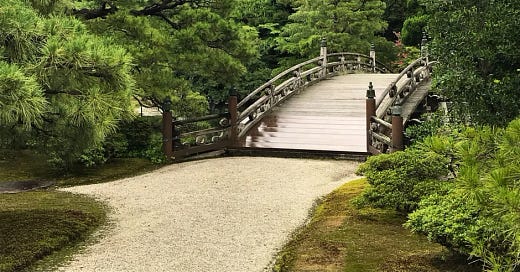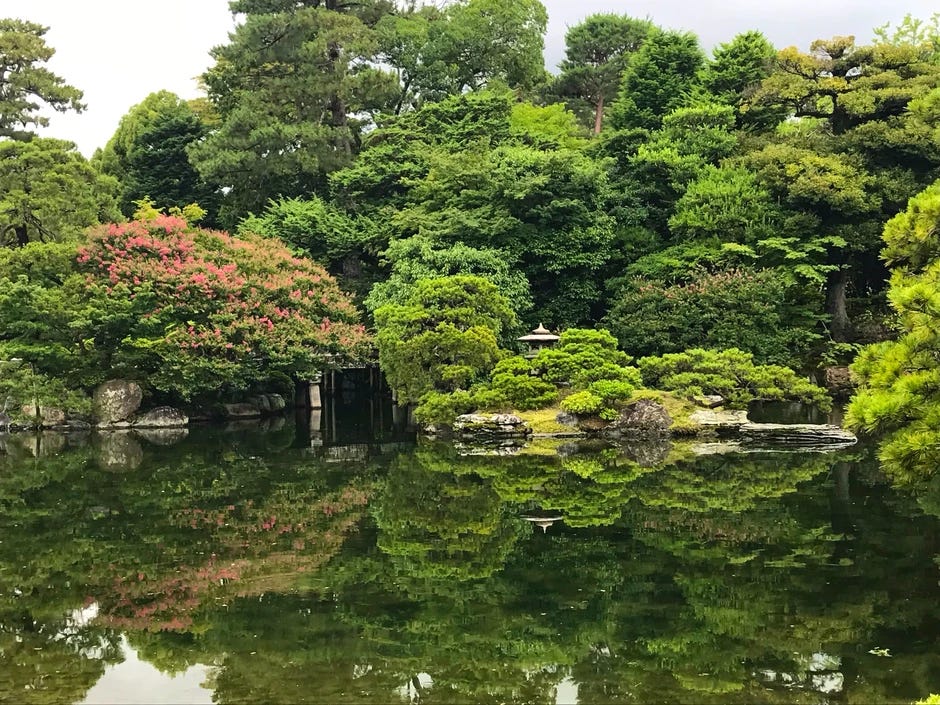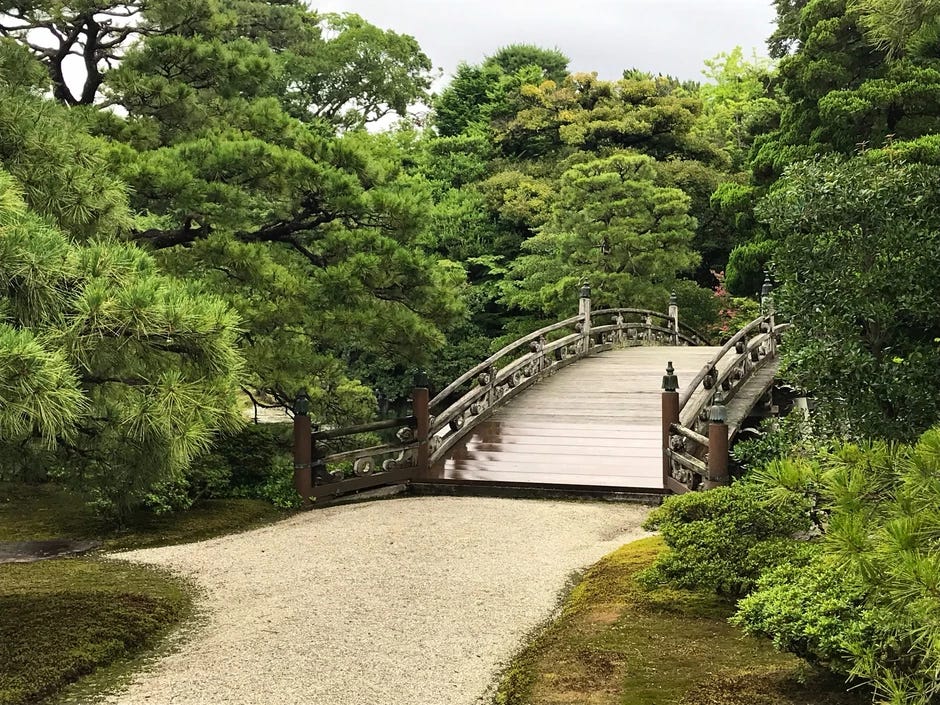Lima, Peru is a city of 11 million people. Consider New York City and then add another 3 million people. Of the 11 million people in Lima, roughly only one in ten speak any English. The Spanish spoken in South America is spoken at a rate considerably more rapid than places like Costa Rica in Central America. It is difficult, if not impossible, for the native English ear to assimilate and process the words, let alone understand them. It is well-known that the further south you travel in South America the faster the Spanish gets.
Five years ago, I left my home city of Austin, Texas because I felt increasingly overwhelmed in a city that was rapidly growing to 2 million people. I found myself comfortably at peace escaping to Kyoto, Japan with just under a million and a half people. Perhaps it was the reserved nature of Japanese people or the Japanese way of silence in public spaces or the fact that most people walk in Kyoto, thereby reducing a huge backdrop of noise from traffic.
Somehow, I have now found myself surrounded by 11 million people. Shortly after arriving in Lima, while walking on a grey and cloudy day, I unexpectedly stumbled upon a Japanese garden sitting there completely out of place without a single person sitting in the park.
Appropriately, the plaque at the entrance read “Jardin de Silencio,” or Garden of Silence. I couldn’t believe it. It was as if it had called me there.
Crowds of people rushed by, horns honked, trains rushed overhead without anyone noticing this peaceful garden sitting in the middle of Lima, Peru. The gate was locked and remained locked for many days as I walked by each time and made it a point to stop. I wanted to sit in silence in this garden. I wanted to be transported back to Kyoto for a moment in time.
Japanese Zen gardens were created to be empty spaces of stillness and tranquility that created a sense of awe-inspiring quiet and transformation when one stepped into these spaces from the outside world. As Lima can be a challenging environment compared to many places I have lived in the past, I found this Garden of Silence to be the perfect metaphor for my experience. For just a quiet moment, it allowed me to reconnect with my love for Japan and Japanese gardens in a place one might have least expected.
Masuno Shunmyo, who was one of Japan’s leading Zen garden designers insightfully wrote, “Many people are suffering today from being disconnected from nature in their everyday lives. Zen gardens are designed to provide that connection.”
I contemplated this one cloudy afternoon in the Garden of Silence. I was the only person in this beautiful park, completely out of sync with the rest of the world. I watched as horns honked and people walked by without noticing. How remarkable to have discovered such a place in Lima, Peru.
Field Notes
they say
that a picture
is worth
a thousand
words
five pictures
no words
-Kyoto’s Imperial Gardens
Travelogues
Enjoy five years of past articles from the Zen and Ink Journals journey in the archives.
Published Travel Articles
Enjoy published articles from my last five years of travel.
Subscribe. Donate. Share the Journey.
Zen and Ink Journals represents hundreds of hours of writing over the past decade, sometimes from a train in remote China or a coffee shop in Kyoto, a hammock in Costa Rica or a simple cabin on a mountaintop in Boquete, Panama or Ciudad Colón.
On these pages, I share my observations of kindness and beauty from my adventures in the world and invite you to listen quietly for the call within you to explore the places that beckon your soul.
If you would like to become a regular subscriber, please consider foregoing the cost of one cup of coffee and a pastry each month ($8) and becoming a monthly subscriber.
If you would like to stop receiving emails from Zen and Ink Journals simply click the unsubscribe button at the bottom of this email.











